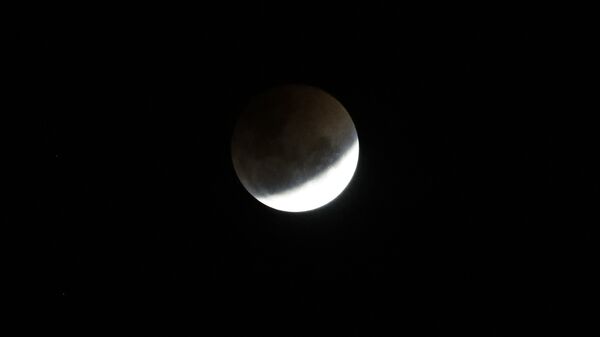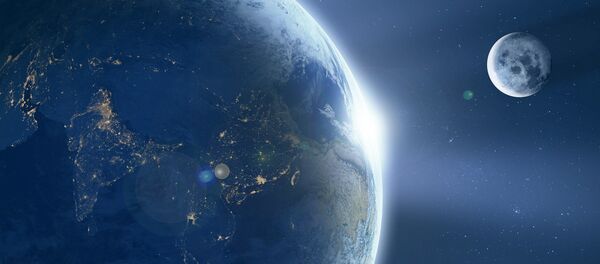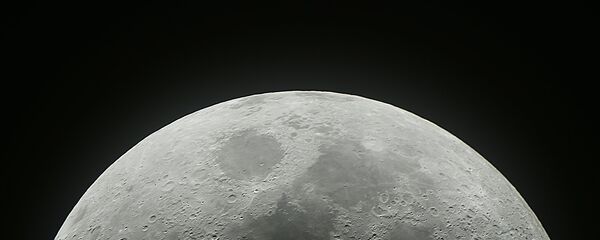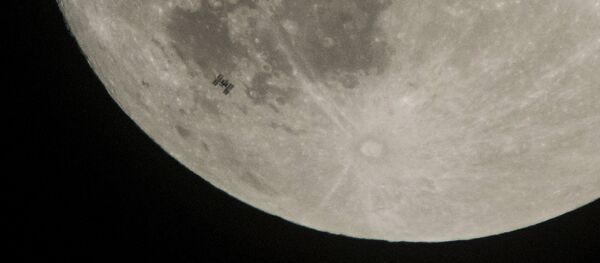Sputnik: So, professor, China has launched the first mission to land a robotic craft on the far side of the moon. That's according to the Chinese media. Why is it important to study the far side of the moon? How different is it from the observable part of our natural satellite?
Ian Crawford: So, it's important to know that no spacecraft has ever landed on the far side of the moon yet. So, this will be the first in the whole history of the space age. That makes it quite interesting for the research I write. Of course, over the years we do now know the geology of the moon on the far side is a little bit different from the near side, where all the Apollo missions and all of the other landers from the space age up to this point have landed. The far side is different.
The other thing, interesting about the far side is it contains the largest impact crater, known in the solar system the South Pole-Aitken basin, which is about 2,5 thousand kilometres in diameter, 12km deep, and this is the largest known in practice structure in the solar system and it's on the far side of the moon. Understanding that a bit more is also important for planetary science. That is where Chang'e-4 will bend, hopefully.
Sputnik: As a professor of planetary science and astrobiology, what else about this particular landing makes you most excited? What else are you anticipating?
Ian Crawford: I think, there are at least two answers. I mean, for space exploration just the fact that it is the first time anyone ever landed on the far side of the moon is a real milestone in space exploration. As we regard planetary geology, then I think the composition of the rocks in the South Pole-Aitken basin has a great interest, because the basin is so deep, 12km deep. It's exposed rocks from much deeper within the moon, then we all ever have been studied before.
READ MORE: USSR Moon Rock Auction in New York City Nets $855,000
Sputnik: I believe that seeds have also been sent as part of an experiment to see if it's possible for living things to grow on the moon. What do you think about this? Any prospects there?
Sputnik: We have known the moon to be inhospitable to life and yet this year scientists have been saying that they've discovered that conditions on the lunar surface could have supported simple life forms around, say, 4 billion years ago. What are the chances that this perception of a lifeless moon could change after this mission?
Ian Crawford: Well, I do think, this mission will probably tell us much more about that. I mean, the moon is, you're right, a very inhospitable place at the moment. The life is impossible on the surface of the moon. Today, because the moon has never had an atmosphere and liquid water is impossible, the radiation environment is very bad. I think, the idea has been that in the distant past, when the moon was young, then it may have had a thin atmosphere, which would be thin by our standards, but perhaps similar to the current atmosphere that Mars has.
READ MORE: Russian Space Agency Chief Wants to 'Check' If Americans Walked on the Moon
Sputnik: You've mentioned the impact crater on the far side of the moon. What could that potentially reveal? What kind of secrets?
Ian Crawford: Well, a deep interior of the moon…. because the impact basins, Aitken basin is 12km deep, then the rocks on the floor of it have been exposed from that depth within the moon, much deeper than any of the other sample sites that we have from the near site. A key geological interest will be to see, where this South Pole-Aitken basin has… the darkest deep of the lunar mantle, which ignites potentially of the… dug deep down into the lunar crust.
Comparing the composition of those, rocks on the floor the South Pole-Aitken basin, where the rocks collected much closer to the surface, on the near side. It does potentially tell us quite a lot of the geological evolution of the moon, and the differentiation of the moon into its mantle and crust.
The views expressed in this article are solely those of Ian Crawford and do not necessarily reflect the official position of Sputnik.







